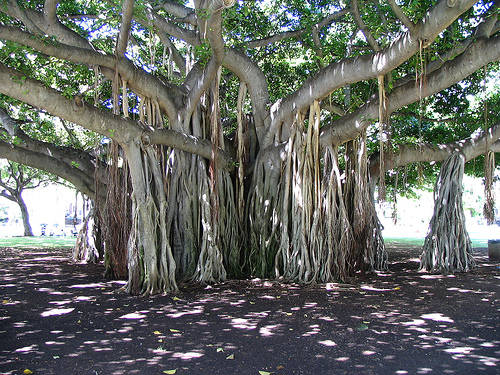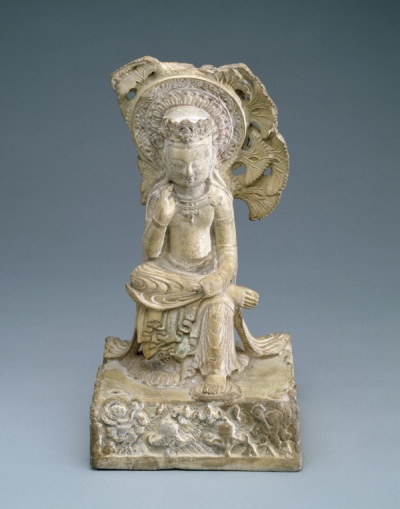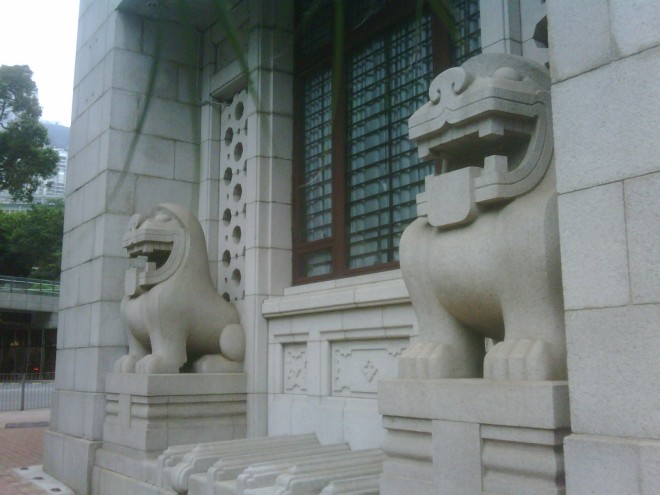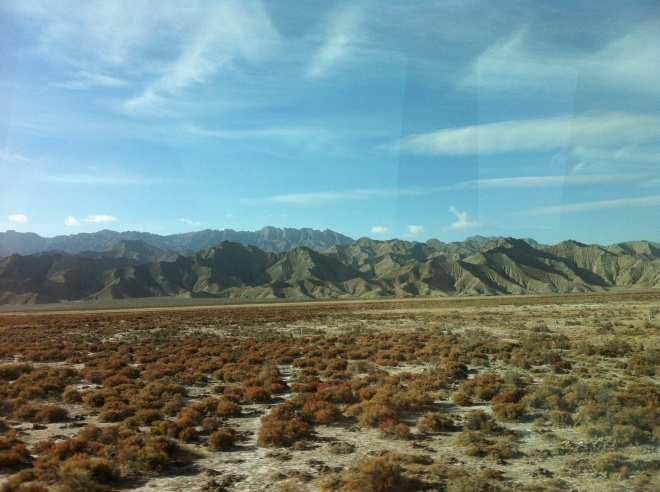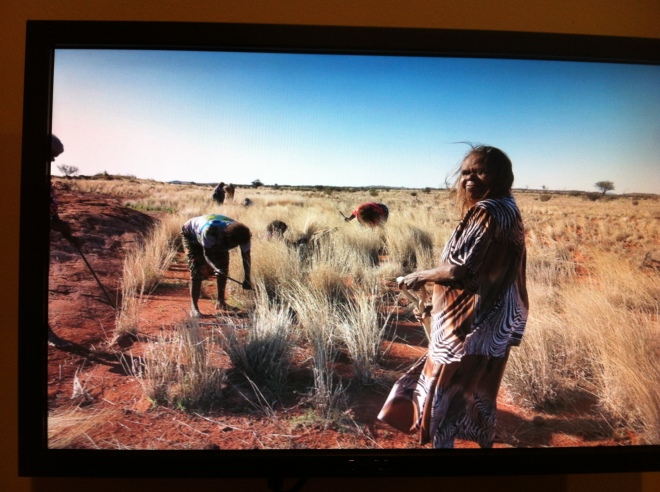Beijing, 26 October 2013
It is a sport in which all expats in China eventually indulge, that of hunting out prime examples of Chenglish and waving around their finds with glee. The internet is full of examples, and the electronic mirth which they engender echoes up and down the world’s broadbands.
For those of my readers who are not familiar with this sport, I should clarify that Chenglish stands for “Chinese English” and refers to the tangled, fractured, often incomprehensible English translations of Chinese notices that pepper the land. Of course, it’s mean to laugh at these very laudable attempts to reach out to foreigners, and I, who can speak but two words of Chinese and write none, who am I to smirk and titter and these honest efforts to communicate with me?
But really, sometimes I just cannot stop myself from bursting out into hearty peals of laughter at the English notices I am confronted with here. I share with you some of the pearls of my collection – because I must admit that, somewhat guiltily, I photograph the better ones I come across, with the locals generally looking on bemusedly.
This one is still comprehensible, although I rather liked its 18th Century take on the English language

This one, too, is comprehensible, although the sign makers are obviously not familiar with modern idiomatic English.
This one has a charming Berty Woosteresque feel to it
This one was on the door of a restaurant loo – the context explains, I think, the rather medical feel to the sign-maker’s declaration
Here we begin to descend into the more incomprehensible
And now we reach the frankly incomprehensible
ending with this final poetic note
Chenglish has migrated onto T-shirts, sweat-shirts and the like, although in these cases it usually takes the form of a series of English words strung along one after another in lines of gibberish. I have only one photo of this genre of Chenglish. Normally, I’m embarrassed to be seen by the wearers to be too obviously taking a photo of what they are wearing. But in this case, I sneaked up behind the lady in question as we waited to board a plane.
This traveller to China, though, captured a brilliant example of the genre
The language on clothes always remind me of a phase which my son went through when he was learning to talk, in which he just emitted words and half-words in a meaningless jumble but with much nodding of his head as if to stress the important point he was making. My wife and I have concluded that these are attempts by the manufacturers to make their clothes more desirable by making them look more exotic, although I always wonder how the designers choose the words. Do they just open a dictionary at random and pick out words? But who has a dictionary these days? Is there an app which will generate a random string of words at the touch of a key? Is this a side-business for badly paid English teachers?
Sometimes the words on clothes are really quite bizarre, and you have to wonder if the wearers have any idea of what they are declaring to the world from their T-shirts. It is an example of this which I saw yesterday that has got me to write this post. A young girl, up on a stage with a musical group and playing her heart out in front of an audience, was sporting a sweat-shirt on which was emblazoned in beautiful, bright green italics “Failure”. Who on earth would willingly write that on their chest?! Surely, I thought, it must continue on the back with something like “is not a word I know”, or “is not an option” or “is for weaklings”. But no, there was just that one word: Failure.
This really mystifies me. But not as much as a T-shirt I once spotted on a young Chinese girl walking arm-in-arm with her boyfriend which said “Romeo Fuck Juliette”. Truly weird.
_____________________
all pictures mine, except:
yellow T-shirt: http://wanderlustandafoilheart.files.wordpress.com/2013/05/img_3961.jpg [in http://wanderlustandafoilheart.wordpress.com/%5D
















